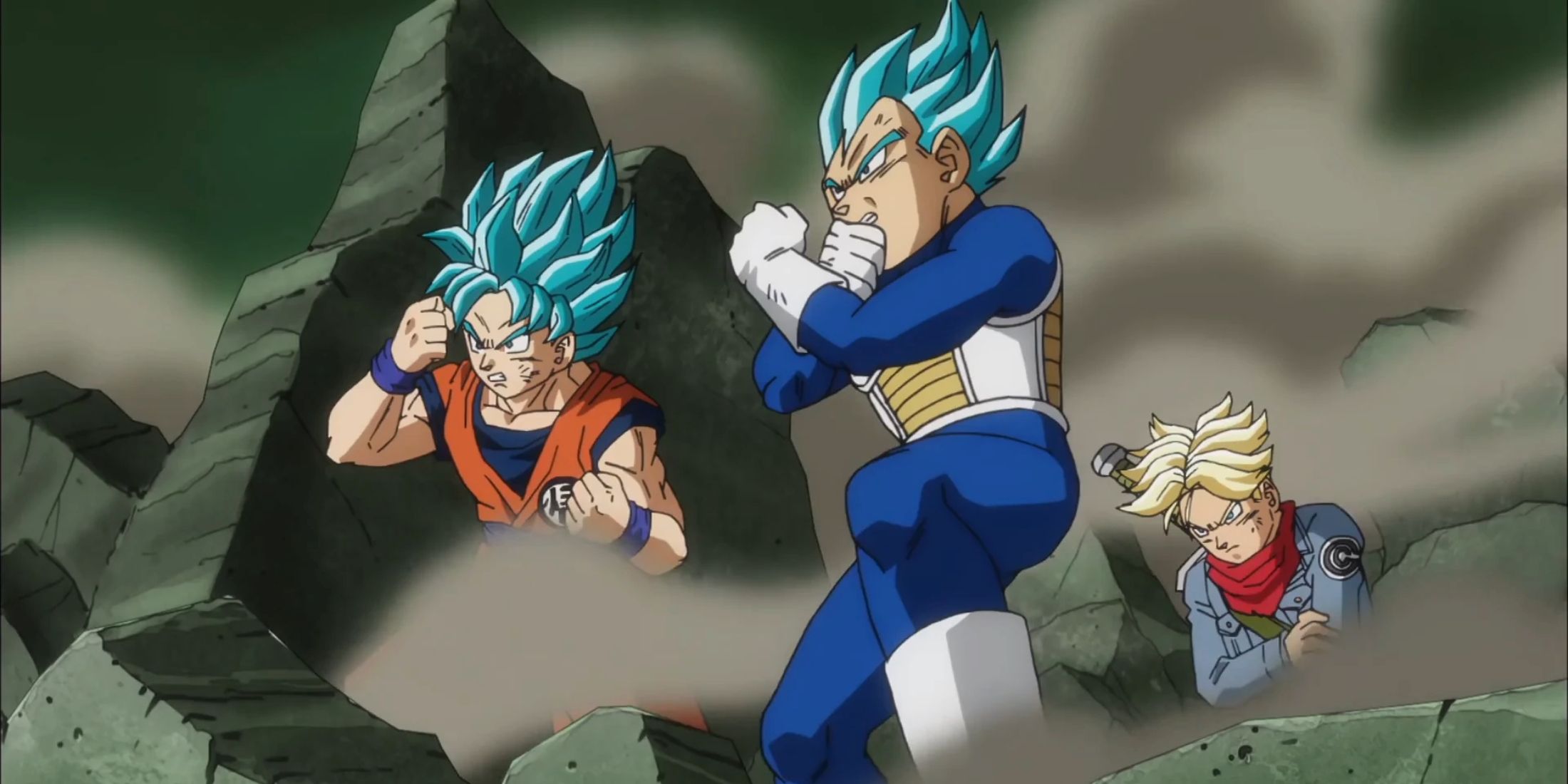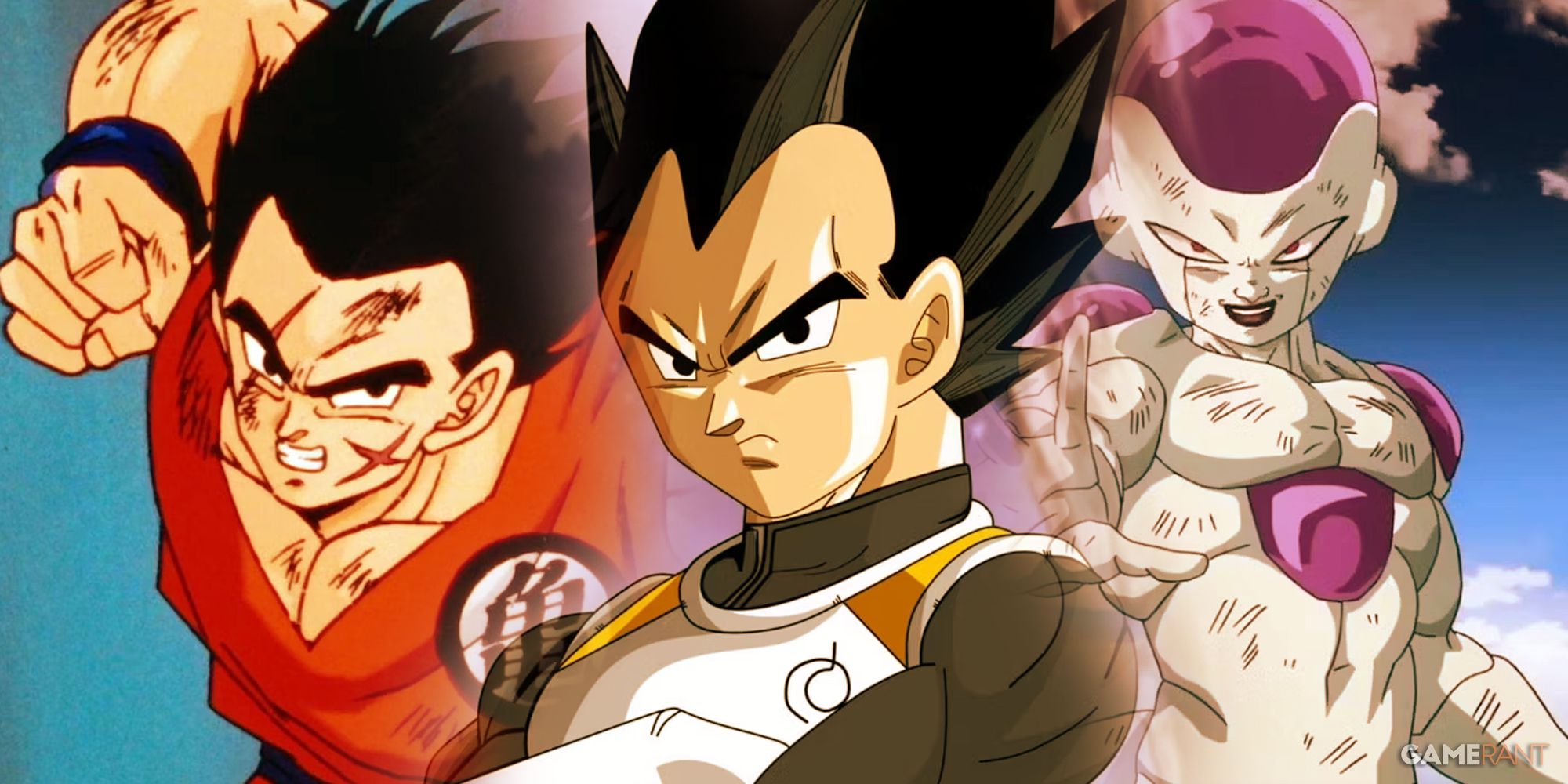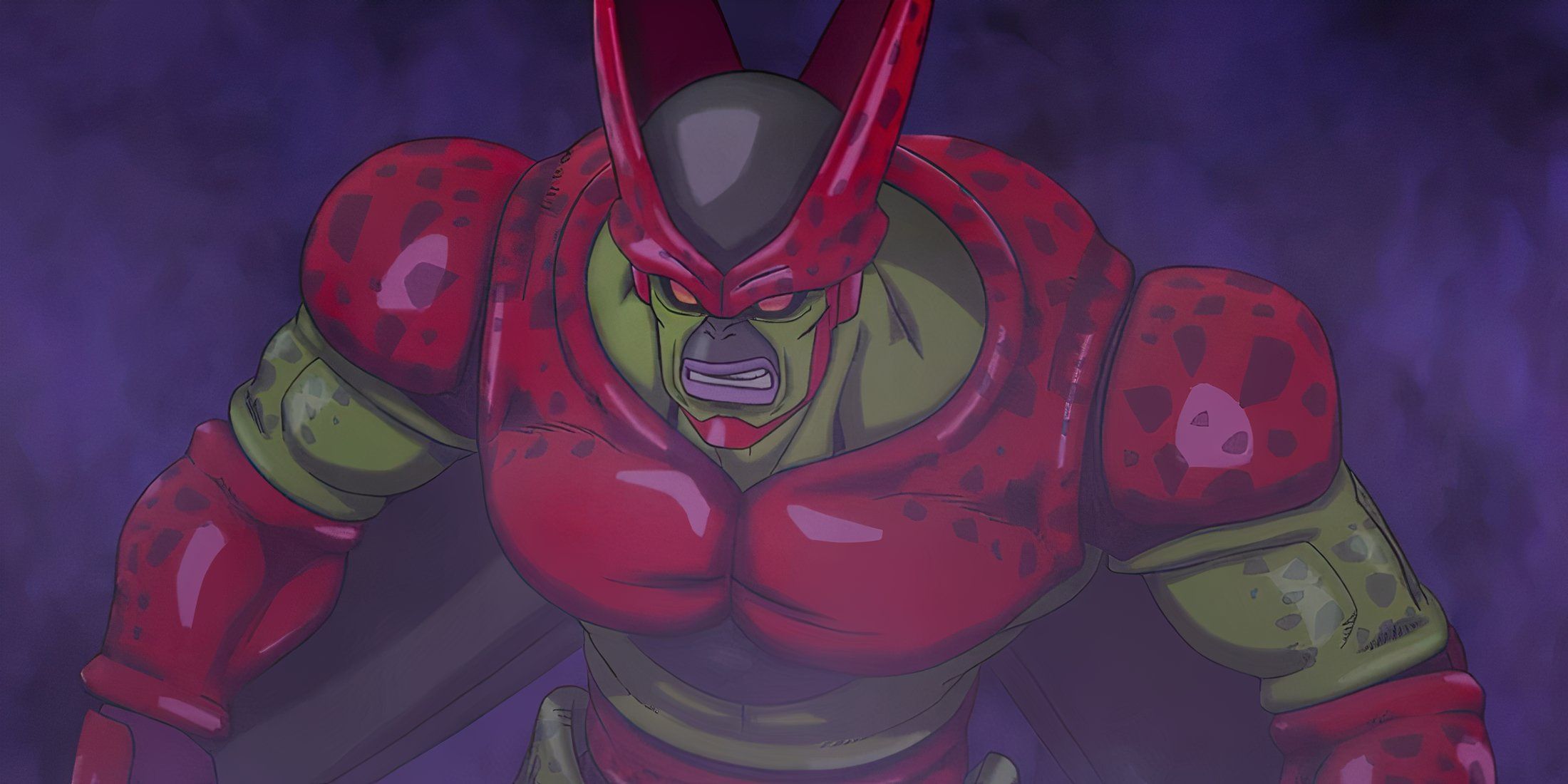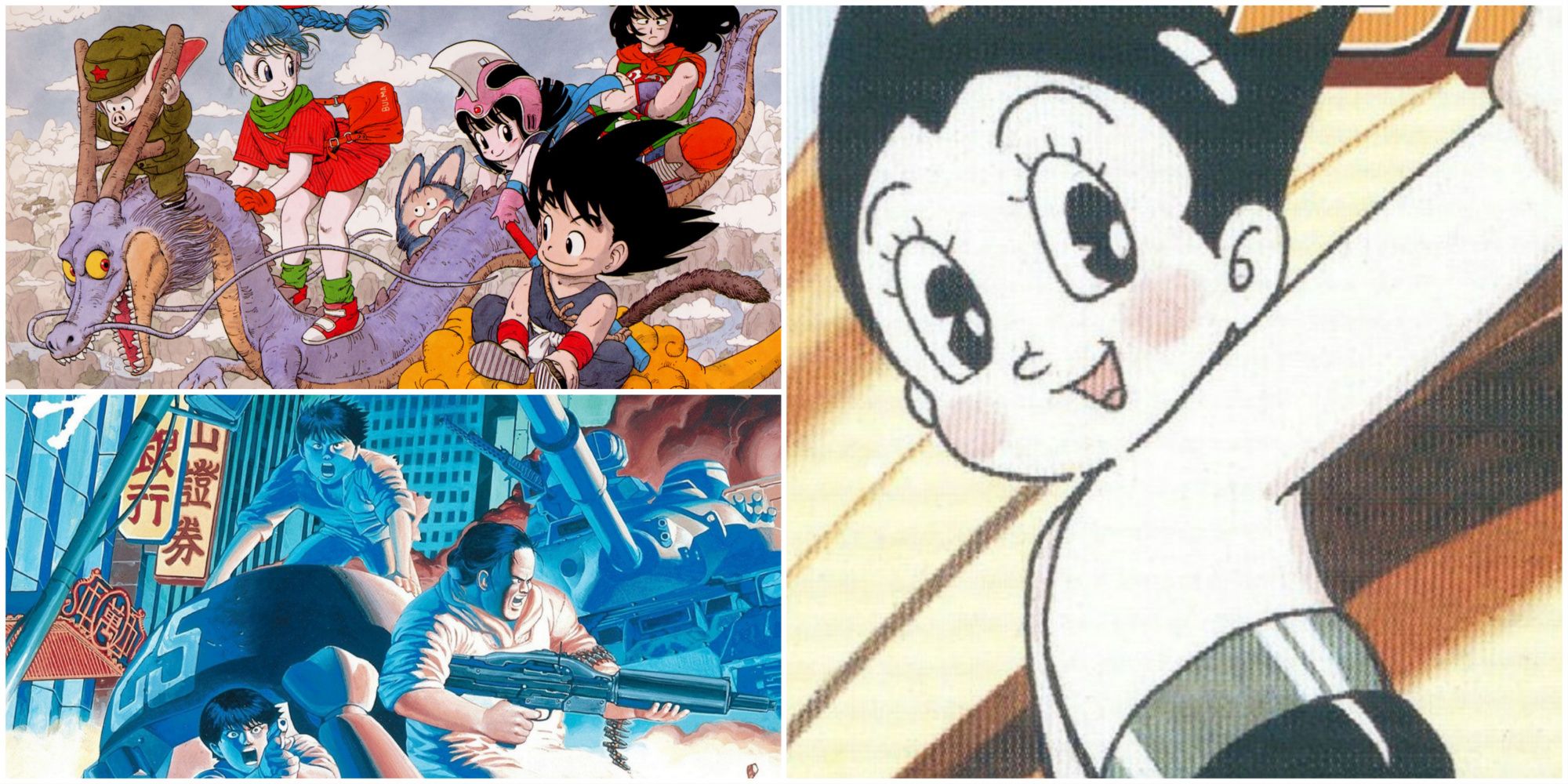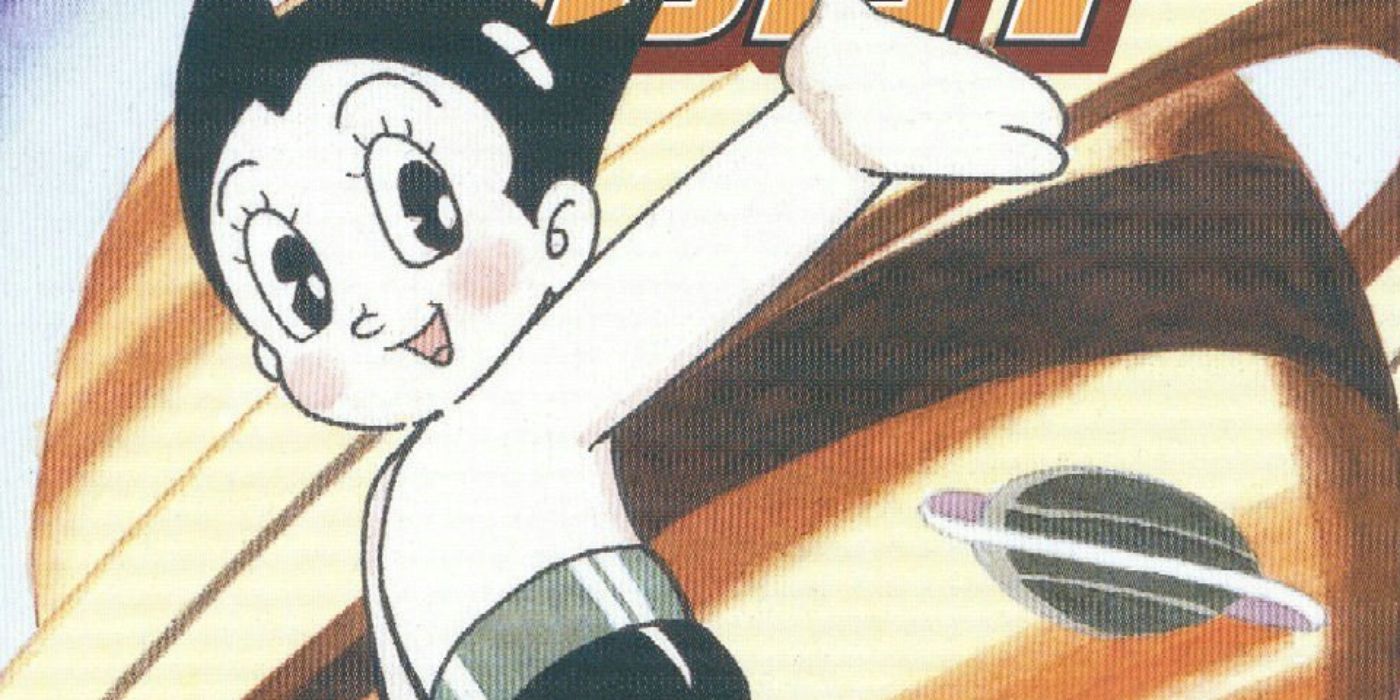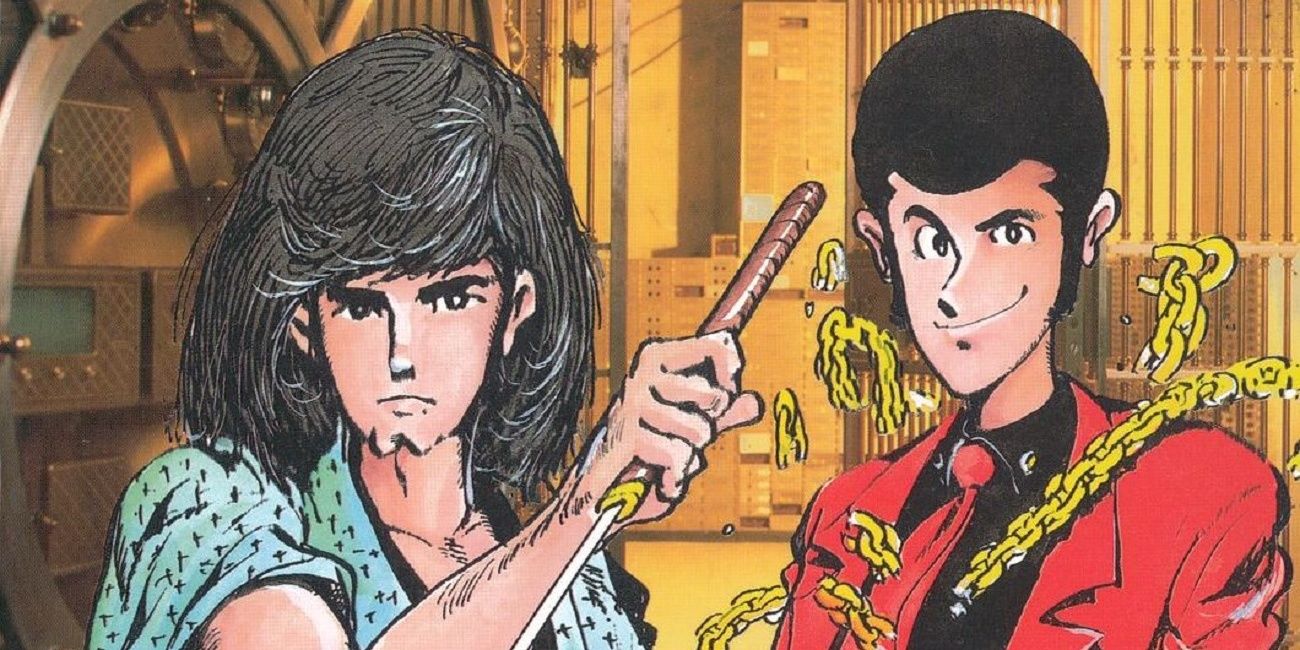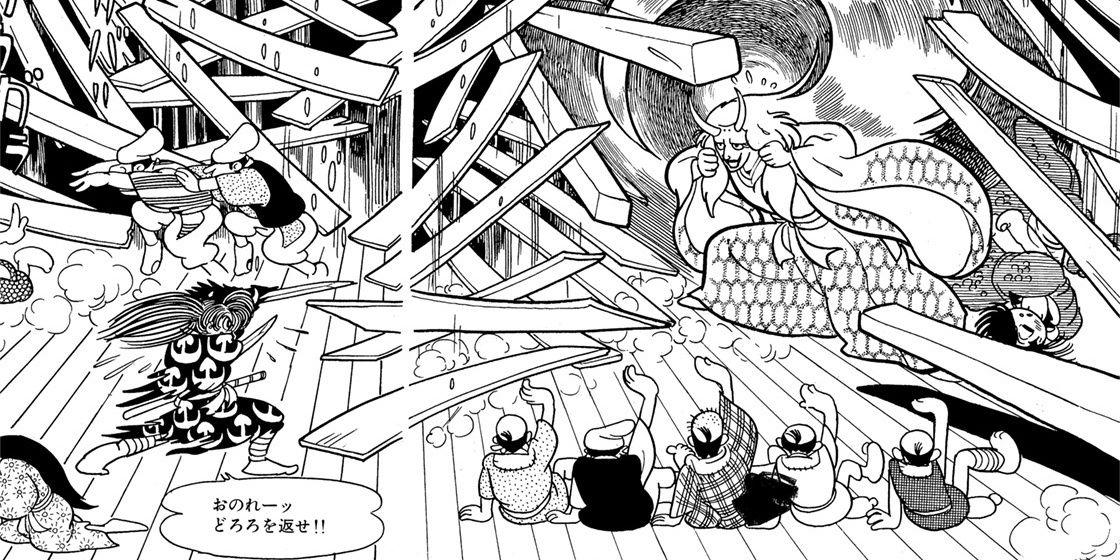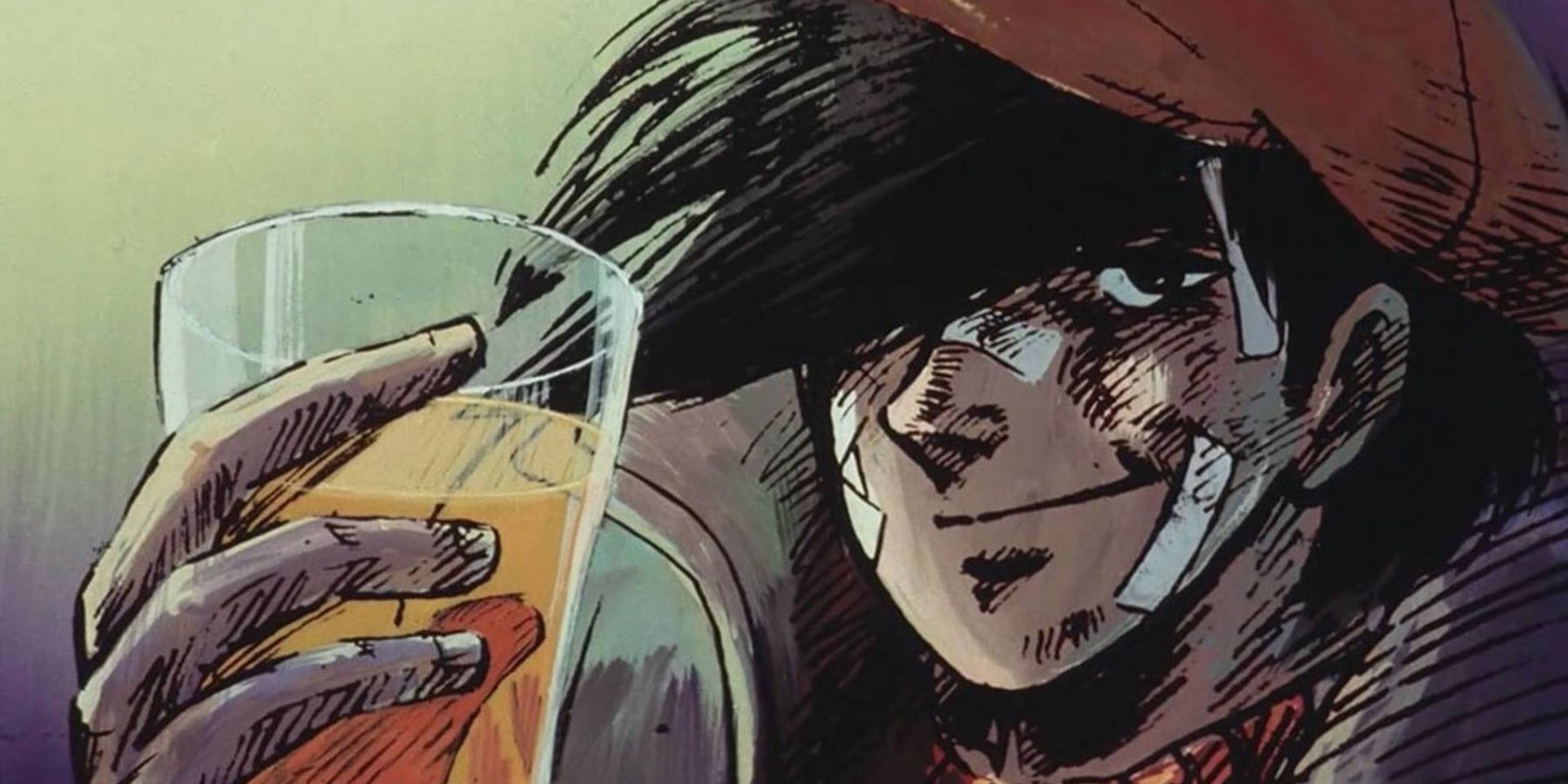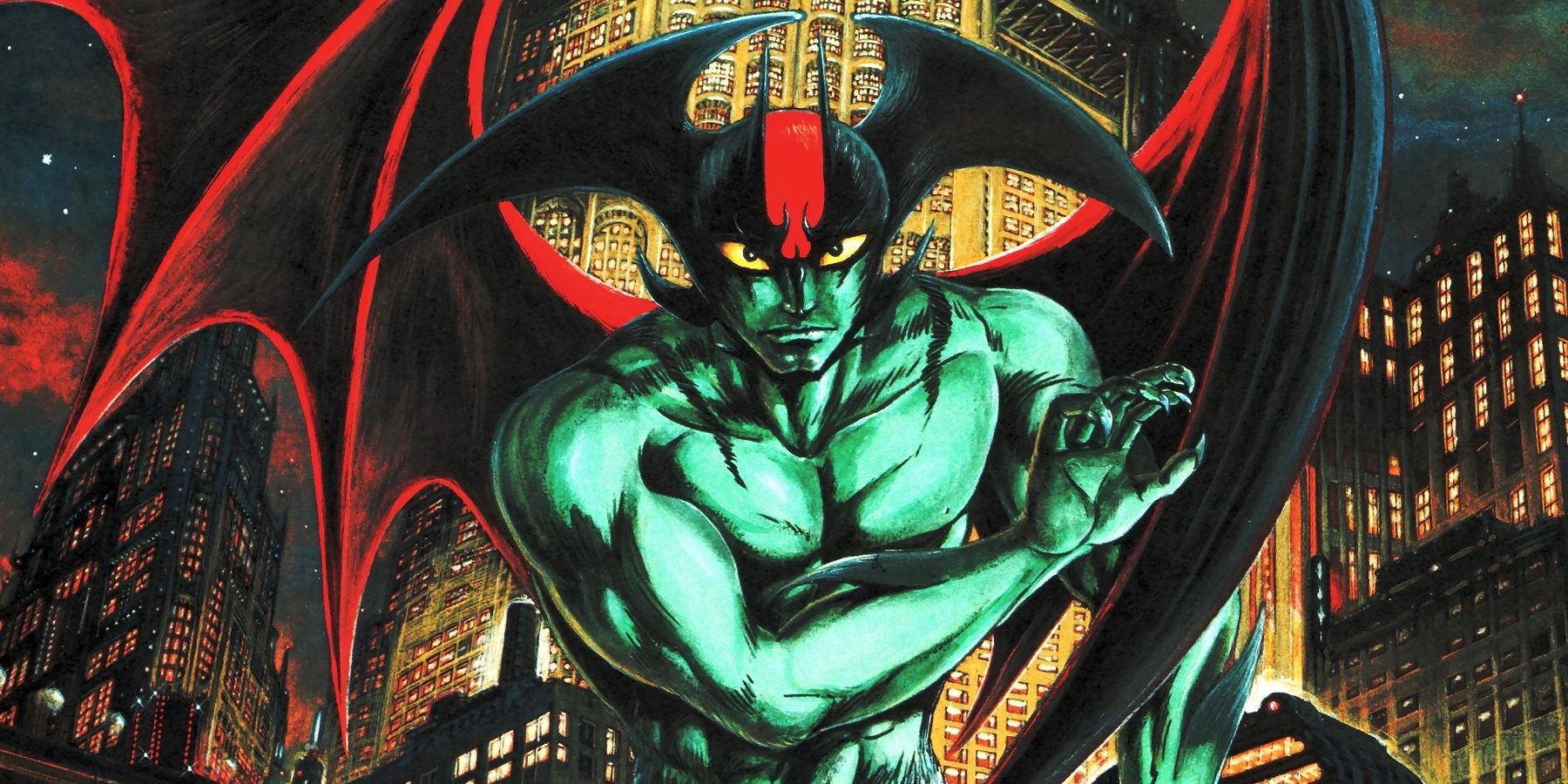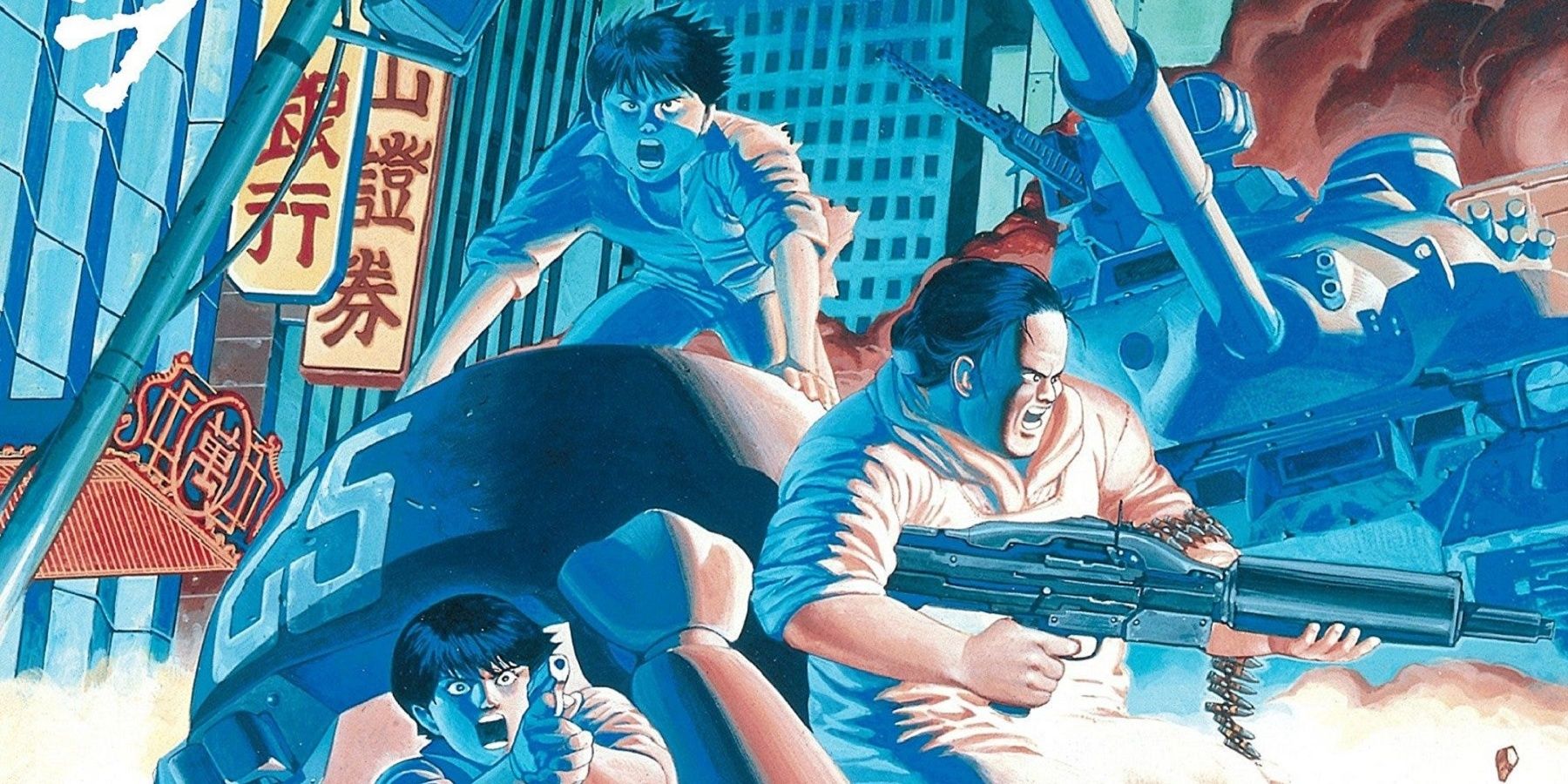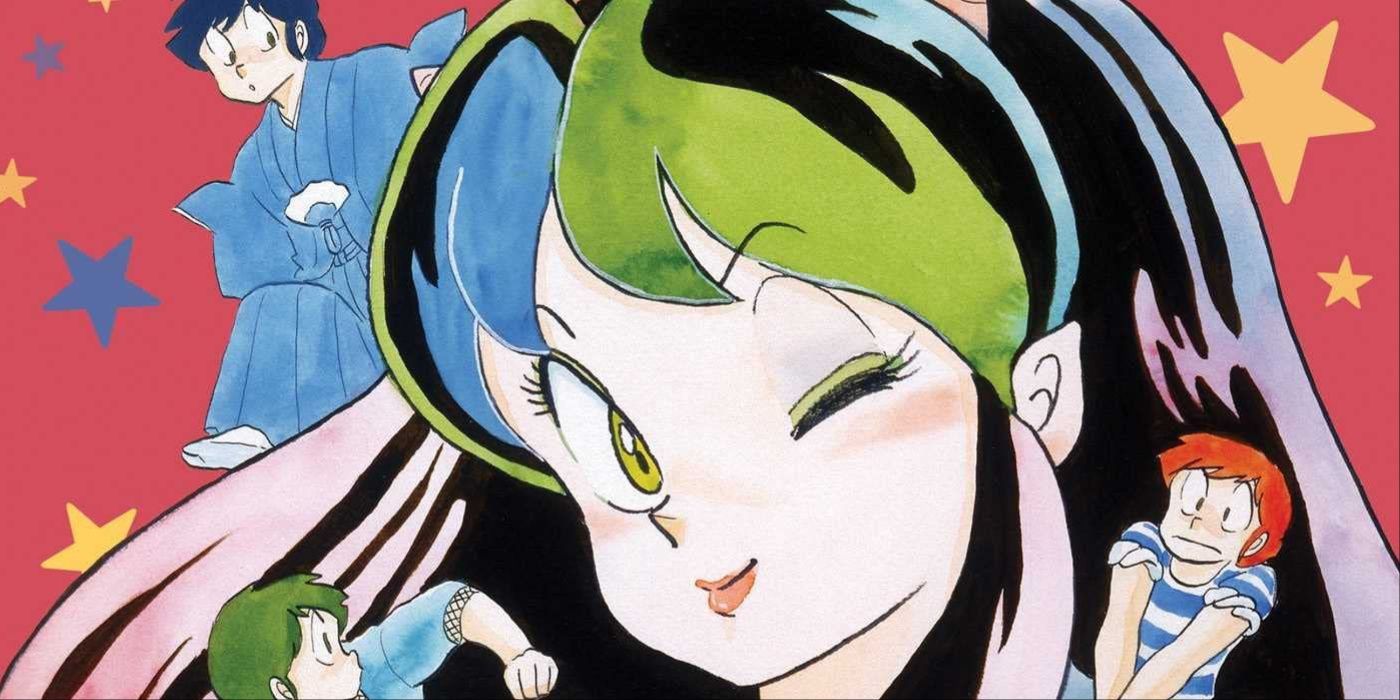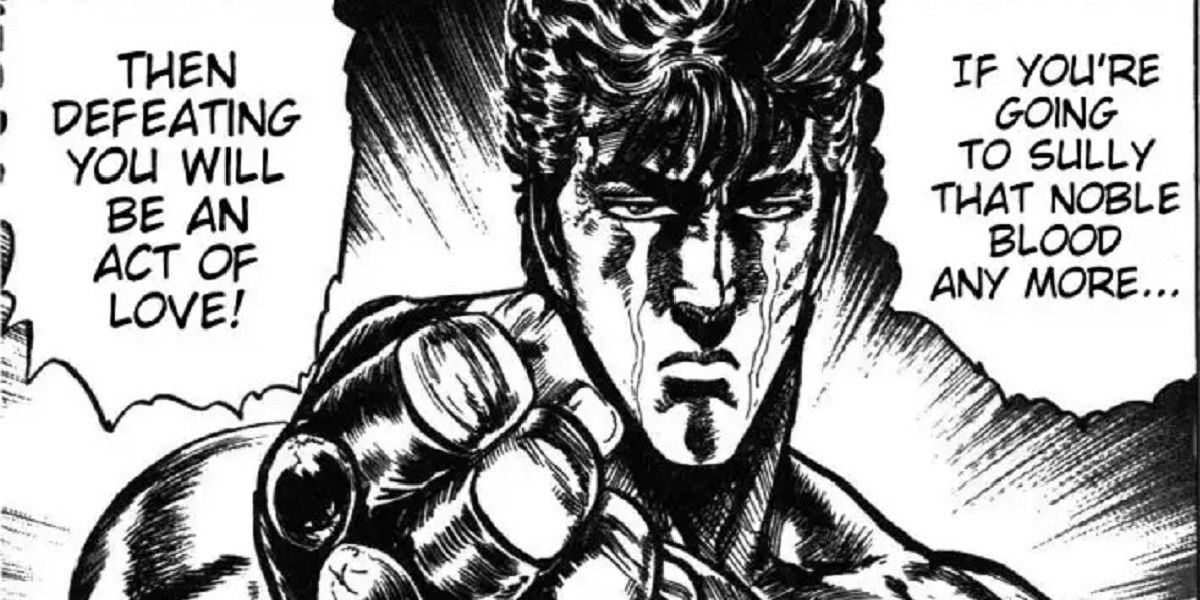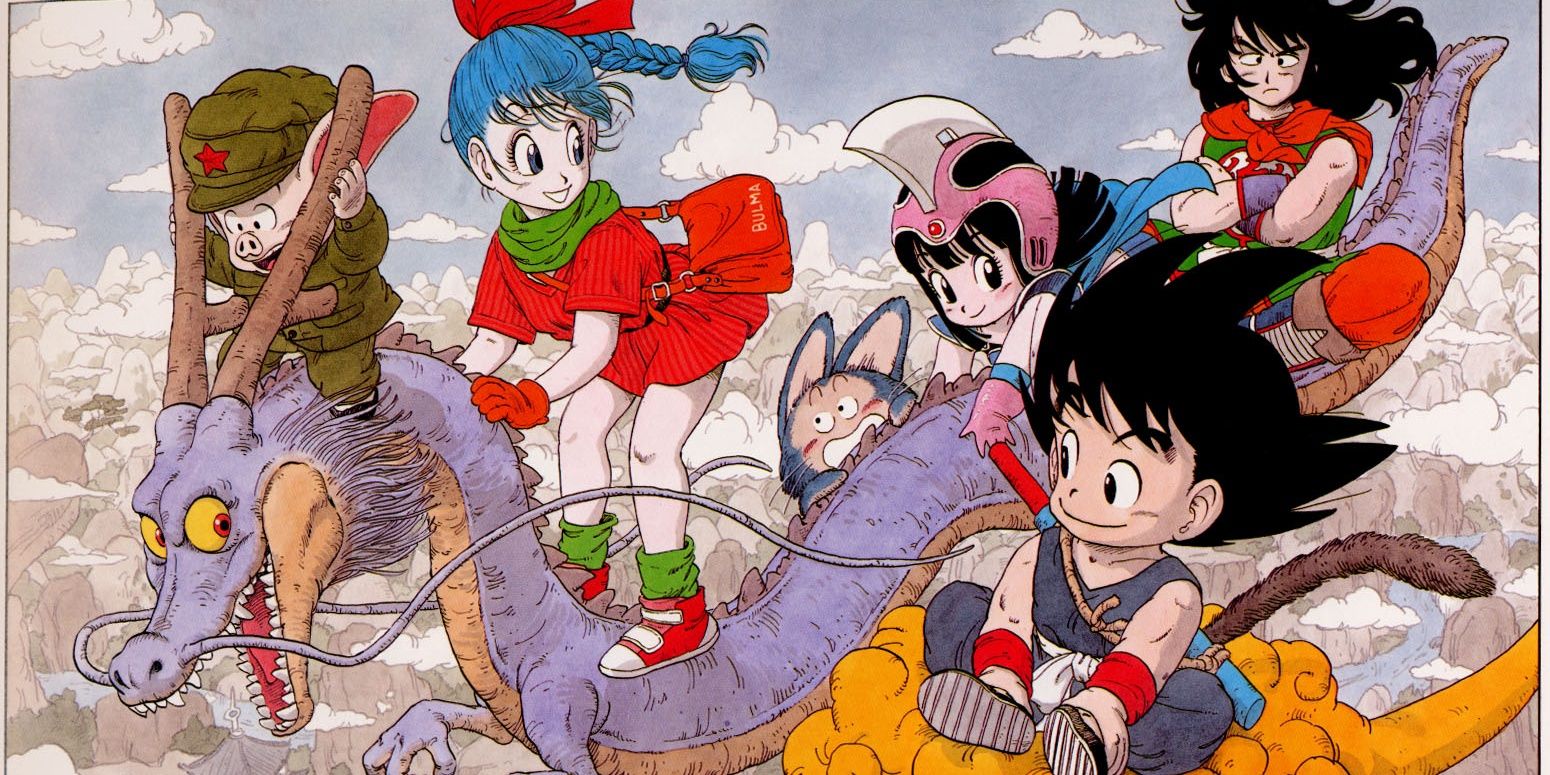Highlights
- Anime has evolved from a niche interest to a widely popular and diverse form of media, with various genres and styles.
- Classic manga series like Astro Boy, Lupin The Third, Dororo, and Ashita No Joe have played a significant role in shaping the shonen genre.
- Shonen series like Devilman, Akira, Urusei Yatsura, Fist of the North Star, Dragon Ball, and Berserk have had a profound impact on the medium and influenced numerous other series.
Anime has gone from being the most cult of cult interests to something much broader and more widespread. From its aesthetics to its storylines, there’s a whole host of media that either reference anime or take on its style. They may even know their shojo series from their josei shows, isekai from their harem. Yet the most familiar anime genre is likely shonen.
The name meant they were initially aimed towards young boys, but the genre's approach to action, dramatic twists, and getting stronger ended up appealing to all audiences. Naruto, Bleach, and One Piece are all shonen, as are Spy X Family, Dr. Stone, Chainsaw Man, and more. But they wouldn't be here today without these classic manga.
10 Astro Boy
Like nearly everything manga and anime-related, it all goes back to Osamu Tezuka and his work. The man’s whole oeuvre has influenced multiple genres to one degree or another, be they serious medical stories like Black Jack or the historical epic Phoenix. Then he all but invented the shonen genre with his sci-fi adventure series Tetsuwan Atom ("Mighty Atom"), better known as Astro Boy.
Its story about a robot boy protecting humans and robots alike with his mechanical defenses is basically the root of all modern shonen, be it Dragon Ball or One Piece. It inspired readers with Astro proving his humanity as well as his strength and has received multiple anime adaptations since the 1960s. It's even had mature spin-offs aimed at older readers like Naoki Urasawa’s crime drama manga Pluto.
9 Lupin The Third
Monkey Punch’s comedy adventure series Lupin the Third is another old-school influence. It followed the titular lead, the grandson of famous French thief Arsene Lupin, on his globetrotting attempts to live up to the family name with his partner-in-crime Jigen, samurai aide Goemon Ishikawa XIII, and occasional girlfriend/eternal rival Fujiko. All with the driven but incompetent Inspector Zenigata on his heels.
They may be criminals, but they come off as lovable rogues, righting wrongs in their attempts to steal treasures. Fans may be familiar with The Castle of Cagliostro being Hayao Miyazaki’s first feature-length flick. Though they may be less aware of the gang inspiring One Piece’s Strawhat Pirates, the leads in Cowboy Bebop, and the main party in Final Fantasy 9.
8 Dororo
Monkey Punch’s Goemon is a fun take on samurai, as he avoids unnecessary bloodshed by stripping his opponents with his sword swipes. But other series don’t shy away from putting the blade to flesh. Demons get slayed in Demon Slayer, Hollows get the edge in Bleach, and dismemberment is the name of the game in Blade of the Immortal. Mature samurai stories are as old as the hills in Japan, but in comic form, fans would have to go back to Tezuka again with Dororo.
In it, the titular thief accompanies Hyakkimaru, a samurai who was born without limbs and features and thus uses prosthetics to fight. He has to kill 100 demons to be free from their curse, regaining his body parts with each kill. Dororo aids him in his quest while helping him retain his humanity. It’s a story that’s aged well too, as it got readapted into an anime in 2019.
7 Ashita no Joe
Dispensing justice with a sword, fist, demon powers, or quick wits can be a little fantastical for some. They may prefer something more grounded, like the sports drama seen in famous series like Hajime No Ippo, Slam Dunk, and Captain Tsubasa among others. Nearly all of them were inspired by Asao Takamori’s 1968 manga Ashita No Joe.
It was about how juvenile delinquent Joe Yabuki became a professional bantamweight boxer. With no supernatural spooks or metaphysical hijinks, the manga used the sport itself to tell its story, from the risks boxers take just to reach the ring to the joy victory can bring. Aside from inspiring Ippo, Megalo Box, and other boxing stories, Studio Pierrot had the manga in mind when they animated Naruto, seeing parallels between Joe and the ninja.
6 Devilman
Not every shonen story is all fun and frolics. Death Note, Tokyo Ghoul, and Neon Genesis Evangelion all dove into darkness where the only happy ending is that some people may have survived its horror. Part of their outlook came from reading Devilman, Go Nagai's mix of dark fantasy, shonen superheroics, and nihilistic horror.
With the help of his old friend Ryo, Akira takes in the power of the demon Amon to eliminate the other demons that are hiding in society. Aside from its morally gray hero and extreme violence, its story was famous for its grim, apocalyptic ending, one which would eventually lead to its spin-off Violence Jack, which closed off more happily but kept the heavy violence and extreme content.
5 Akira
Katsuhiro Otomo’s Akira needs no introduction. Its animated movie adaptation is arguably why video stores, streaming services, and people in general even differentiate “anime” from “cartoons.” It's been referenced in media East and West for the past 30+ years, which wasn’t bad for a movie that was trying to cram 8+ years of a then-unfinished manga into two and a half hours.
Completed two years after the film, the original seinen manga delved deeper into the government conspiracies and revolutionary politics that Kaneda and his biker gang got caught up in. It got Naruto creator Masashi Kishimoto and Grand Teacher Onizuka creator Tōru Fujisawa into manga, inspired the post-apocalyptic setting for Fist of the North Star, and led to other legendary cyberpunk manga like Ghost in the Shell and Battle Angel Alita.
4 Urusei Yatsura
Most shonen tales have some fisticuffs in them to one degree or another. But it doesn’t mean they have to be serious fights to the death. They could be gag wrestling matches that see an otherwise average schlub win the affection of the sexiest woman in the galaxy. Unfortunately for Urusei Yatsura’s Ataru, he doesn’t want the alien princess Lum. He wants his childhood friend Shinobu. Thus, the modern harem genre was born.
Ataru would try to shrug off Lum’s insistent flirting and win Shinobu’s heart, before meeting more people who either try to get his attention or take Lum or Shinobu away from him. It would be the first of Rumiko Takahashi's big hits, leading to Ranma 1/2 and Inuyasha. The genre would become a manga/anime staple through Tenchi Muyo, Love Hina, and its reverse harem shojo equivalent Ouran High School Host Club.
3 Fist Of The North Star
As Urusei Yatsura shows, shonen still has a place for love and the drama that comes from it. Though it can be expressed in very different ways. For example, Tetsuo Hara and Buronson’s Fist of the North Star expresses romantic, platonic, and familial love alongside all the complications that come from them. Like what happens when two people fall in love with the same person, or when a friend sacrifices themselves for another.
The series is more famous for its stoic lead, beefy muscles, and bloody battles, inspiring memes (even back in its 1980s heyday), and parodies like Bobobo-bo Bo-bobo. Yet its emotional storytelling and “manly tears” were enough to influence Kentarō Miura into writing Berserk, and for Vinland Saga's Makoto Yukimura to draw manga at all. That’s without getting into its influence on games like Double Dragon, Mortal Kombat, and the Yakuza/Like A Dragon series.
2 Dragon Ball
While Fist of the North Star has left an impact, it is admittedly a dent compared to the one Akira Toriyama’s Dragon Ball left. He was already famous at the time for his action comedy series Dr. Slump. Yet there was something about Son Goku’s adventures with Bulma in search of the wish-granting Dragon Balls that made him known worldwide.
It could’ve been his charming art style and storytelling, which blended serious muscle drama and slapstick comedy almost seamlessly. Or it might have been the characters themselves, as Goku was as endearing as he is powerful, even before his hair-based upgrades in Z, GT, and Super. Most likely, it was all this and more, as its DNA can be seen in One Piece, Naruto, My Hero Academia, Bleach, and nearly every other Shonen Jump series after it.
1 Berserk
Like Akira, Kentaro Miura’s Berserk was a seinen manga meant for older readers, so kids weren’t going to catch it in Shonen Jump. They would’ve had to pick up Young Animal magazine, convince the store clerk they were old enough to buy it, and then discover Guts’ journey of revenge against his erstwhile frenemy Griffith was too much for them to take.
It’s a very dark fantasy tale, with content to make readers today blanche at the sight of it. But like Fist of the North Star, they're there to make its more tender moments sweeter. There are few works like it, but Bleach, Fullmetal Alchemist, Attack on Titan, Demon Slayer, Black Clover, Blue Exorcist, and more have tried to capture some of its essence for younger audiences.

